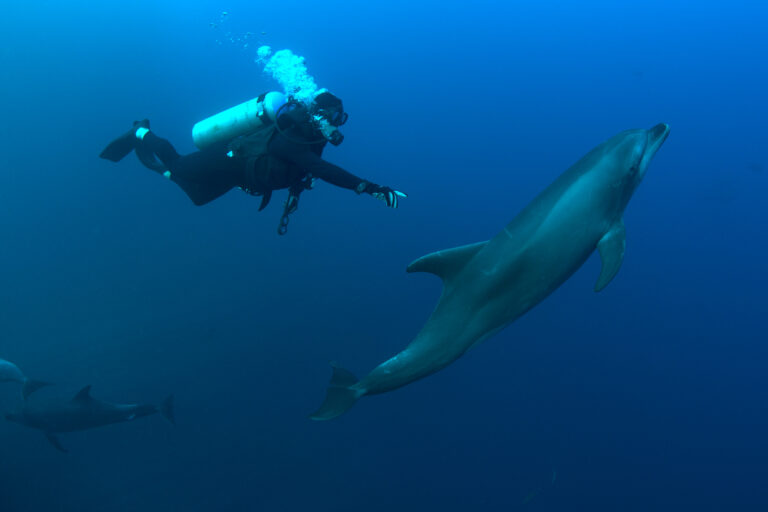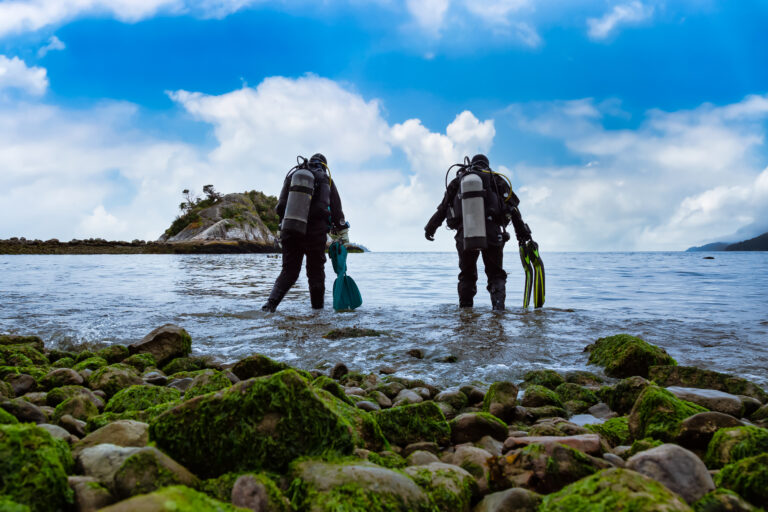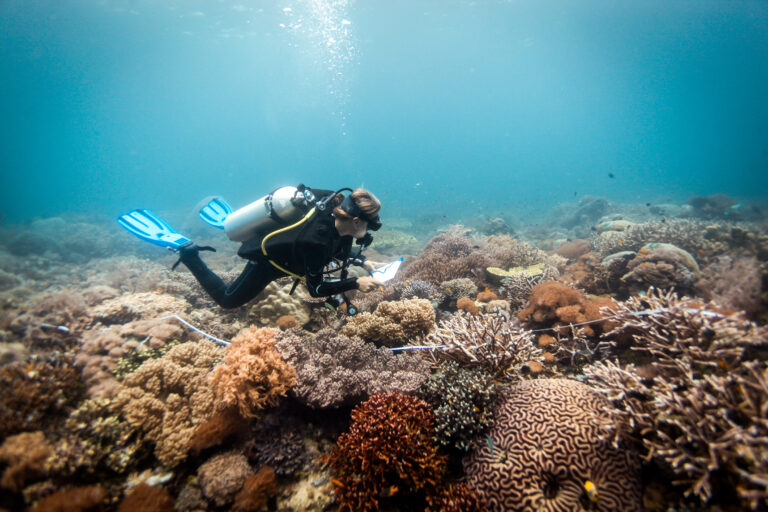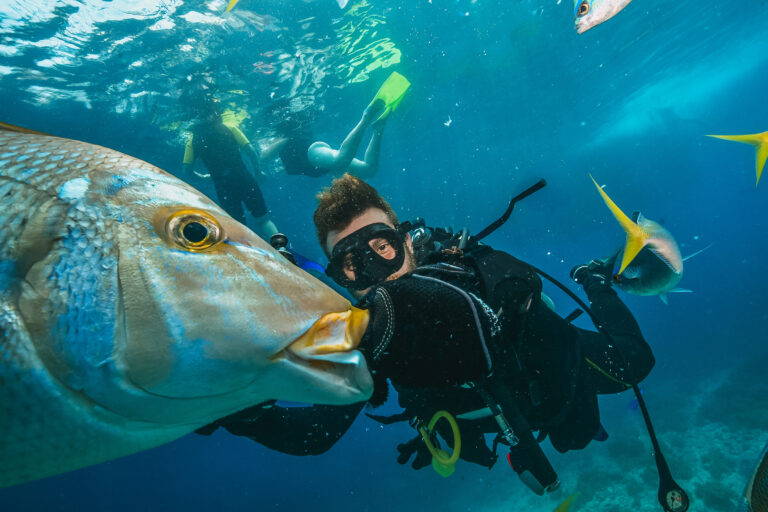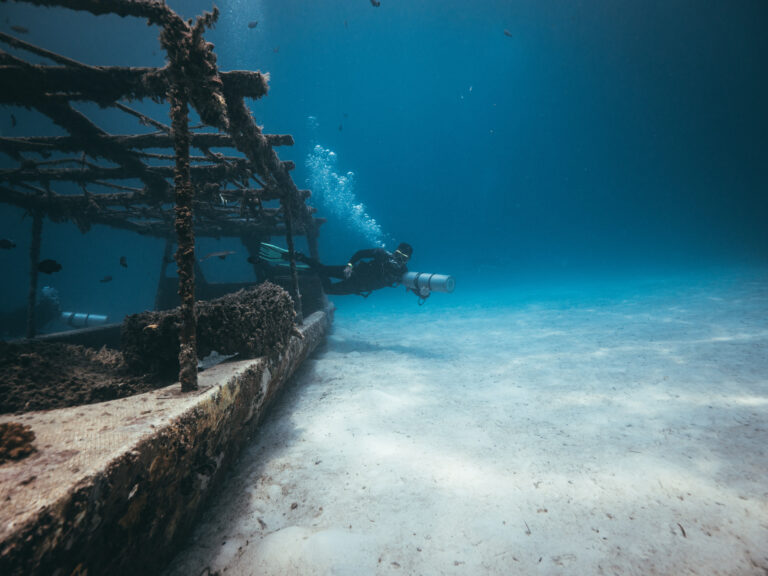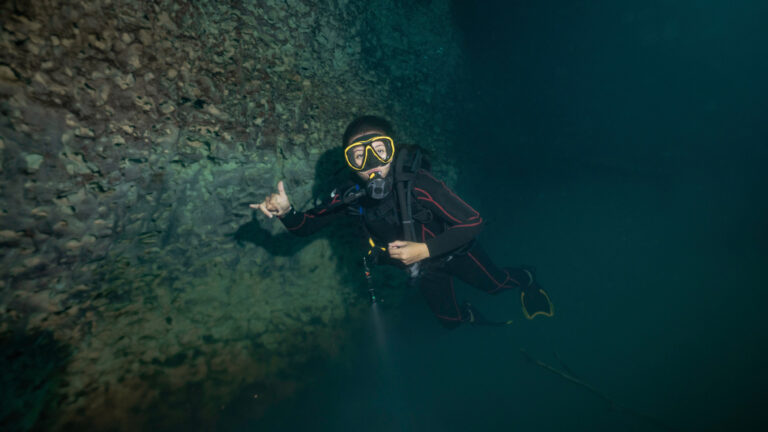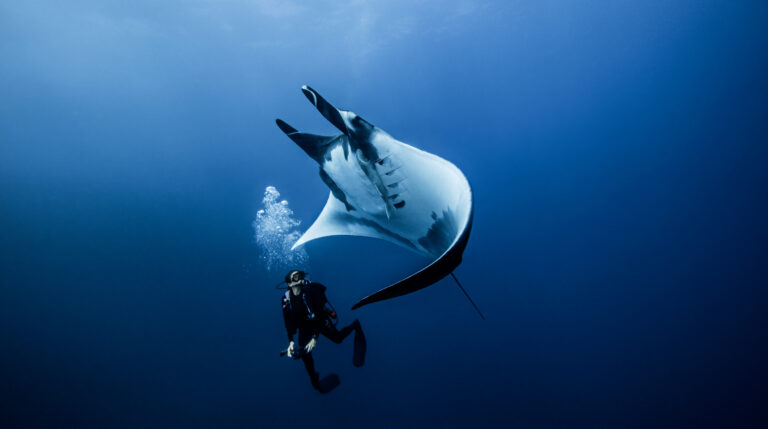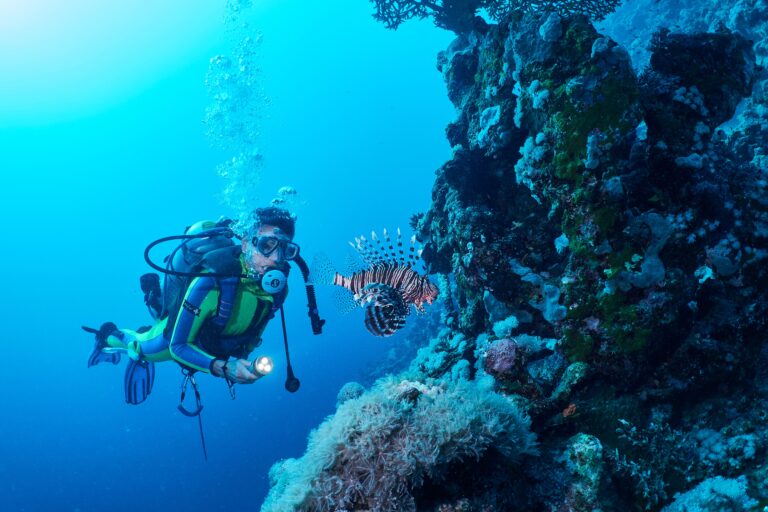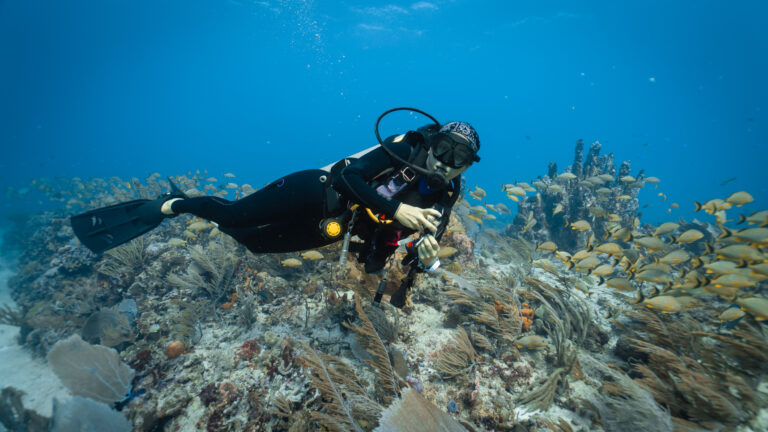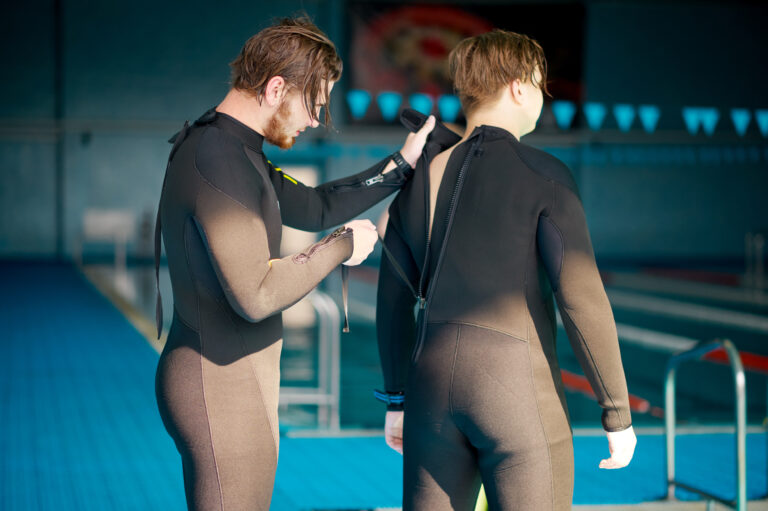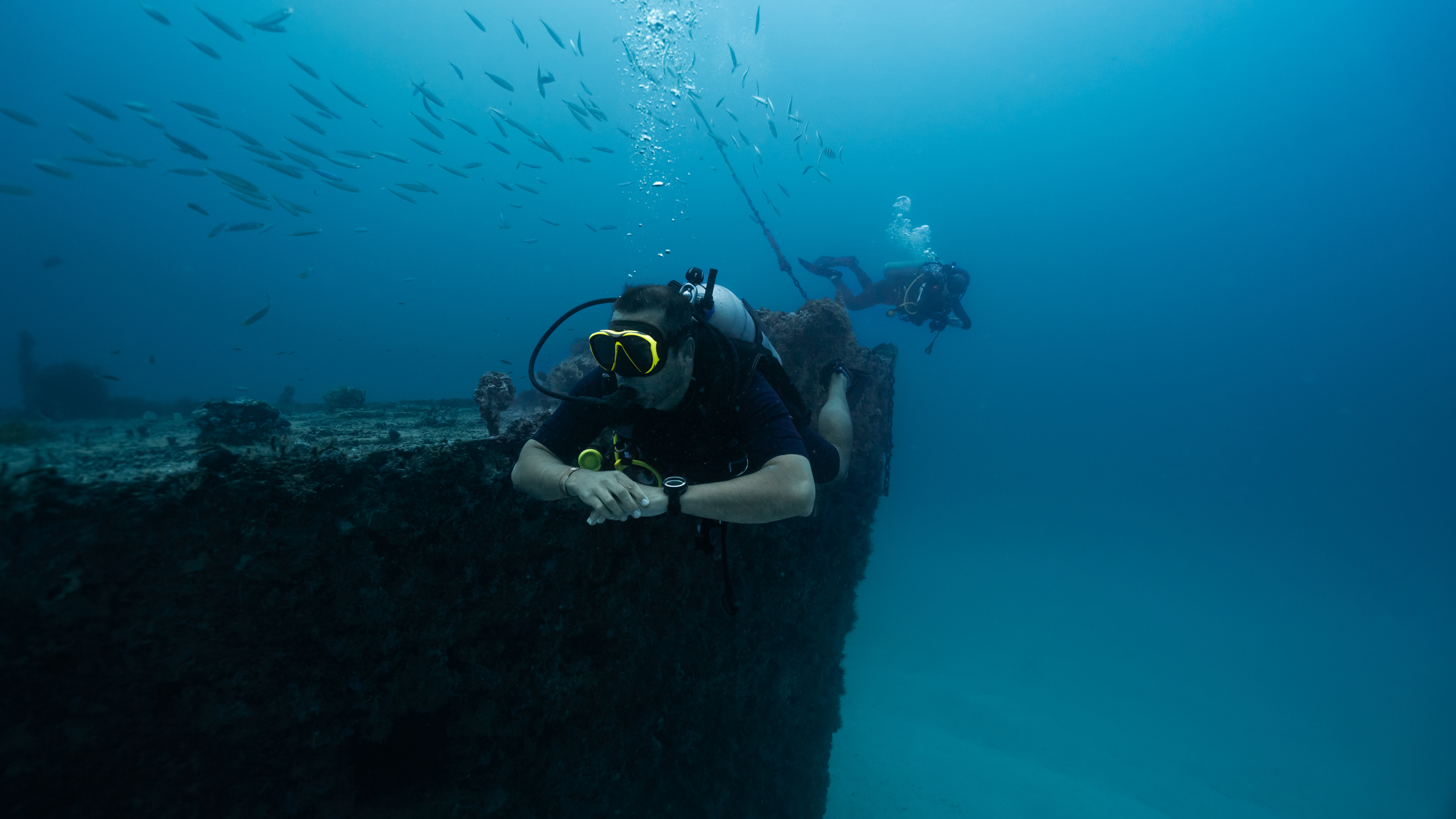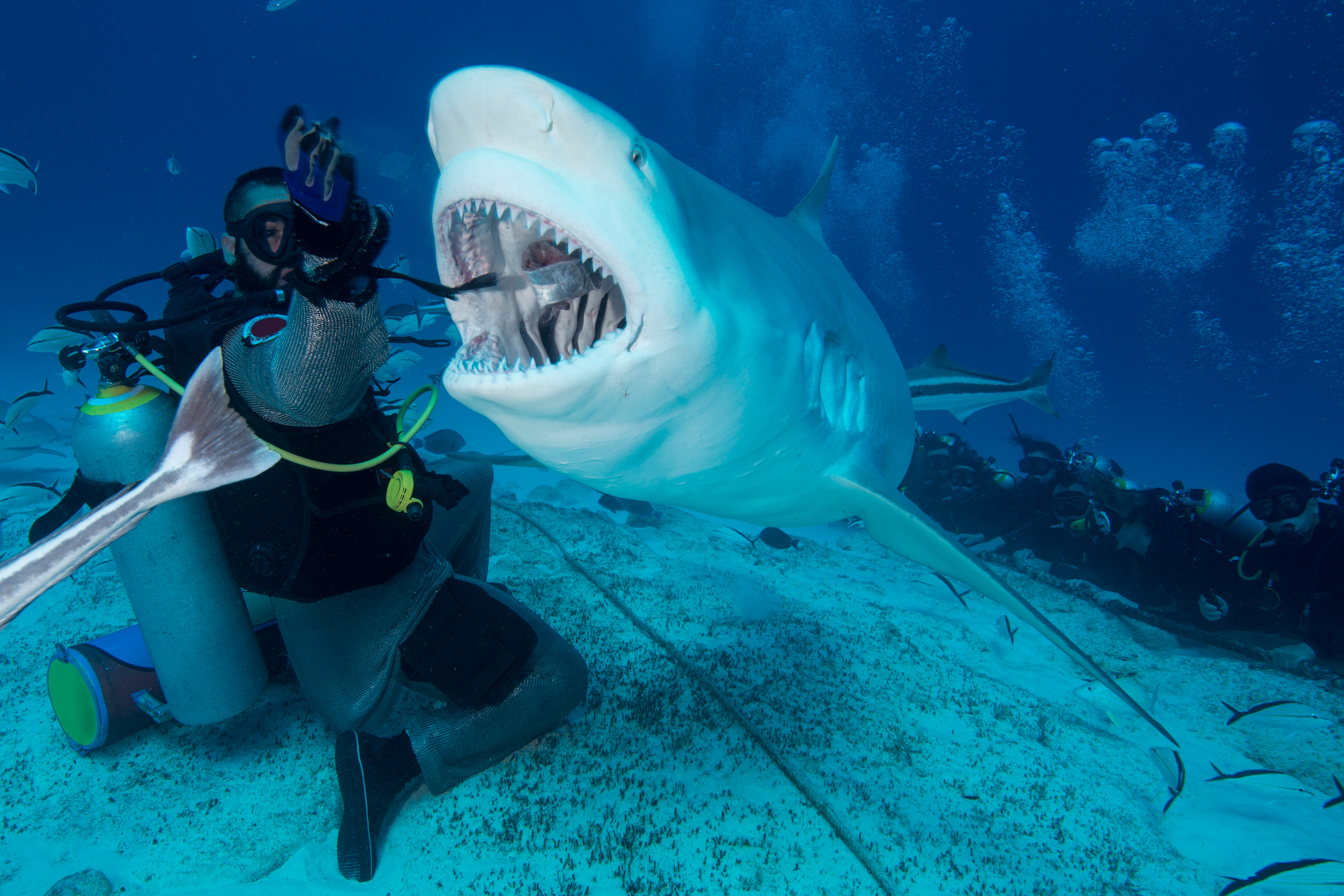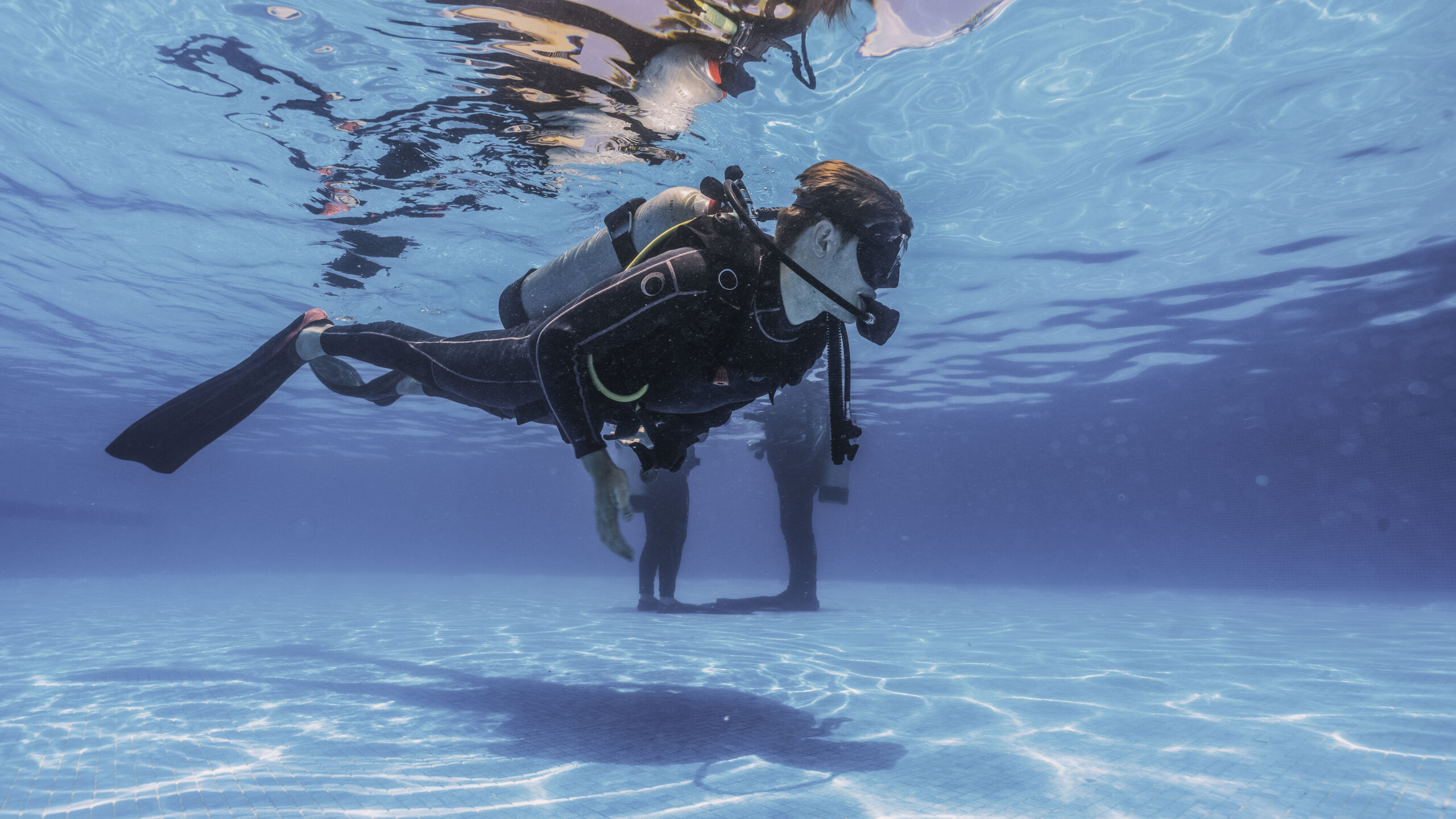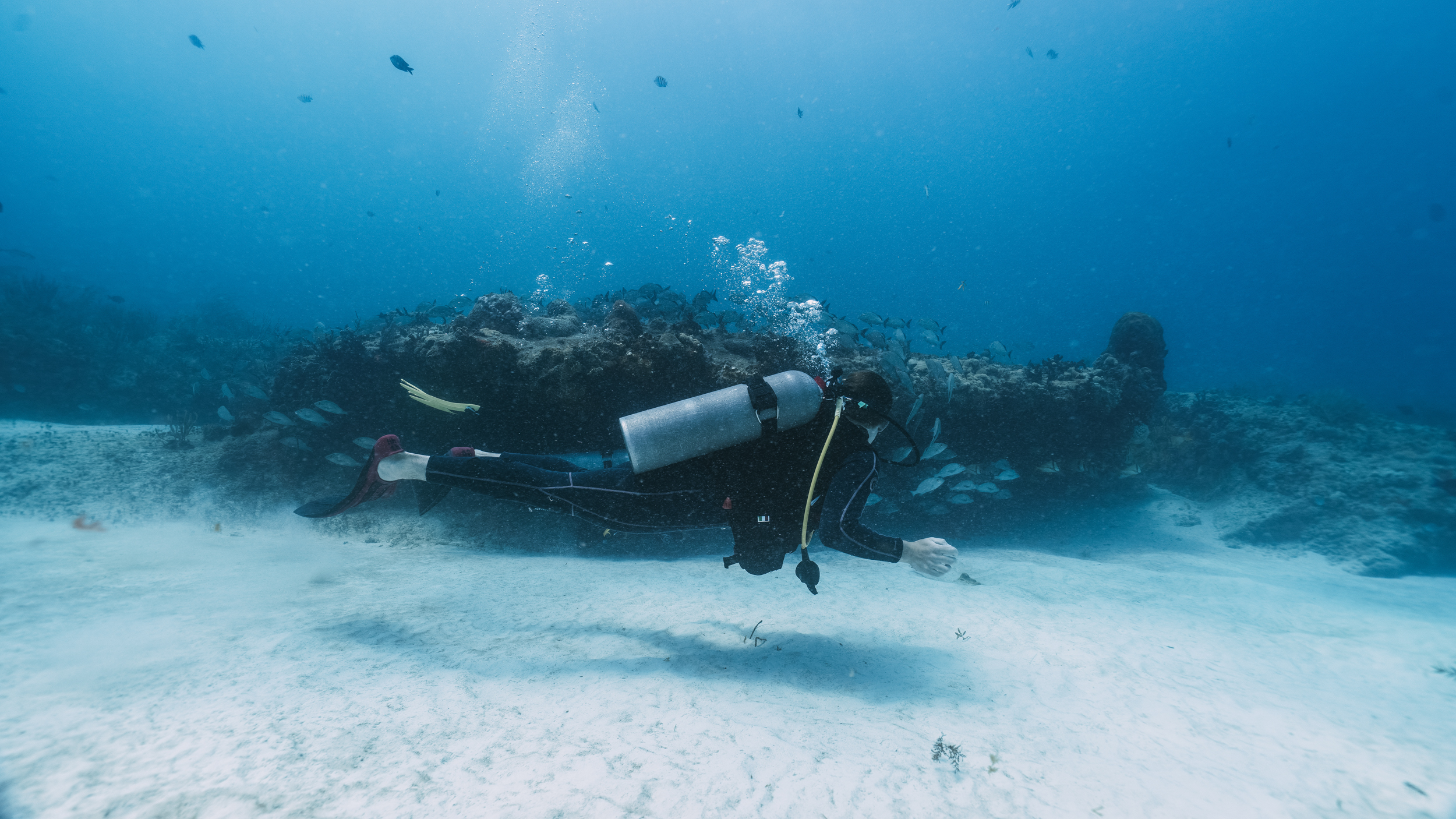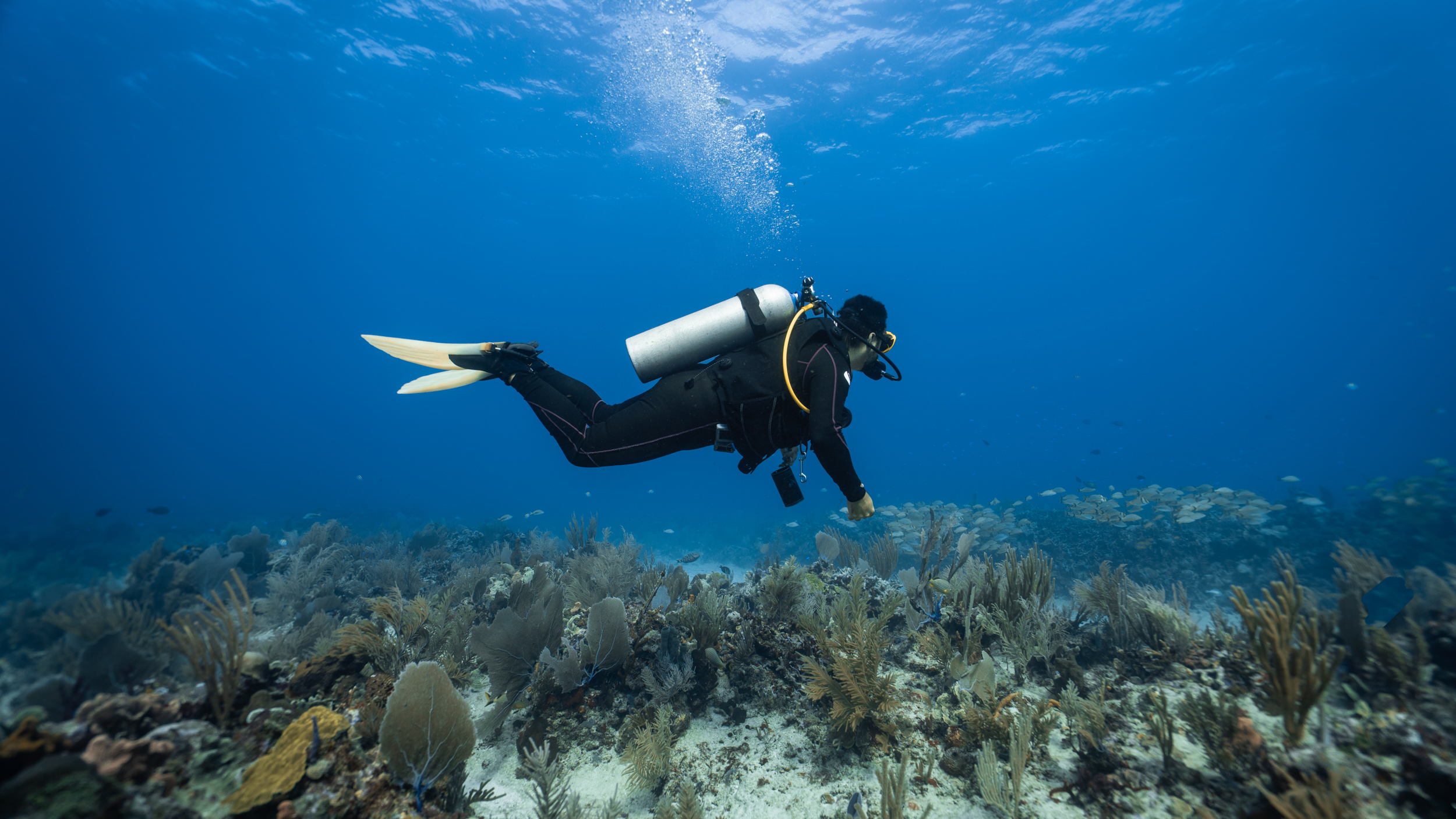Long before diving was recreational, it was experimental. Each breath taken beneath the surface represented a breakthrough in engineering, physiology, and courage. Today’s sleek scuba systems are the product of generations of invention and refinement—tools shaped by war, science, and a relentless drive to understand how humans could breathe underwater.
To appreciate the journey from the first underwater breathing devices to modern scuba gear, it helps to look at how one development led to the next, building over time into the reliable systems used around the world today.
The story begins in the 19th century. In 1864, French inventors Auguste Denayrouze and Benoît Rouquayrol created a demand regulator system—an early version of the mechanism that would become essential to future scuba gear. Although rudimentary, it introduced the concept of controlling the flow of breathing gas in response to a diver’s inhalation.
Just over a decade later, in 1878, Henry Fleuss—a diving engineer in London—designed and built the first commercially practical scuba rebreather. His apparatus used a rubber mask connected to a breathing bag and drew oxygen from a copper tank. To remove carbon dioxide, the exhaled gas passed through rope yarn soaked in caustic potash. It was an early form of closed-circuit breathing, which reuses exhaled air by filtering out carbon dioxide and replenishing oxygen.
By the 1920s, divers were attempting to carry their own air in a more self-sufficient way. In 1925, Yves Le Prieur developed the first open-circuit scuba system. His device allowed divers to breathe compressed air from a tank, but it lacked a demand regulator. Air flowed continuously, limiting its endurance and practicality.
Meanwhile, in 1924, the U.S. Navy began investigating alternatives to nitrogen-rich air for deep diving. Helium was introduced into breathing mixtures to reduce nitrogen narcosis and oxygen toxicity. This led to successful decompression experiments using heliox, a mixture of helium and oxygen.
The 1930s and 1940s marked a turning point. During this era, oxygen rebreathers were adopted by military units. Britain, Italy, and Germany all developed and deployed them, especially for covert underwater missions. These devices offered the key advantage of silent operation—no bubbles meant no visible trace. However, the use of pure oxygen restricted divers to shallow depths, as oxygen toxicity could cause seizures when pressure increased with depth.
In the United States, Major Christian J. Lambertsen built a free-swimming oxygen rebreather in the 1940s. He later modified the design and, in 1952, gave it a new name: SCUBA—an acronym for “self-contained underwater breathing apparatus.” The term soon became synonymous with autonomous underwater diving.
During the German occupation of France in 1942, Jacques-Yves Cousteau and Émile Gagnan designed the first successful open-circuit scuba system. Their twin-hose Aqua-Lung featured a refined demand regulator paired with high-pressure air tanks, offering divers a safe and efficient way to breathe underwater. Patented in 1945, the Aqua-Lung helped bring scuba diving to a wider audience. It was later sold in English-speaking markets under the Aqua-Lung trademark through companies like U.S. Divers and Siebe Gorman.
As scuba diving spread, the gear continued to evolve. In the early years, tanks were strapped to the diver’s back with a simple harness—no backplate, no buoyancy aid. If a diver got into trouble, the only emergency option was to ditch their weights and float to the surface.
The 1960s introduced a critical improvement: the adjustable buoyancy life jacket (ABLJ). These jackets could be inflated to help divers adjust their buoyancy and float safely at the surface. Early versions used disposable carbon dioxide cartridges, but later designs included oral inflation valves and feeds from the regulator’s low-pressure hose. This allowed divers to fine-tune their position in the water, improving both safety and comfort.
In 1970, the U.S. government took another step toward modern diving practice. Morgan Wells of NOAA began developing procedures for diving with oxygen-enriched air, commonly known as nitrox. This blend, which contains more oxygen than regular air, allows for longer bottom times and reduced decompression requirements—within safe depth limits. By 1979, nitrox use was formalized in the NOAA Diving Manual for scientific diving operations.
Equipment manufacturers continued to refine buoyancy systems. In 1971, ScubaPro released the stabilizer jacket. This type of buoyancy compensator—now commonly called a BCD (buoyancy control device)—became the standard for recreational diving. It combined adjustable buoyancy with added safety features, like the ability to hold an unconscious diver face-up at the surface.
Meanwhile, technical divers began to push deeper and stay down longer. This required better gas management. The use of trimix—a blend of oxygen, nitrogen, and helium—became popular for dives beyond the recreational limit. It helped avoid both nitrogen narcosis and oxygen toxicity. In 1985, the International Association of Nitrox Divers (IAND) began teaching nitrox for recreational use, despite some resistance from traditional certification agencies. Over time, nitrox training and use became standard practice.
As technical diving grew, gear configurations adapted to meet new challenges. Backplate and wing systems offered divers more modular and balanced setups, particularly useful for cave or wreck diving where multiple cylinders were needed. Another method, sidemount diving, became popular for advanced cave dives. It allowed divers to clip cylinders along their sides, improving access and mobility in tight spaces. Sidemount later expanded into mainstream recreational diving as well.
Advancements in gas analysis led to a renewed interest in rebreathers. In the late 1980s, affordable and accurate oxygen sensors made it possible to monitor gas mixtures in real-time. This allowed for more precise control of the breathing loop in closed-circuit systems, improving both safety and efficiency.
By the mid-1990s, semi-closed rebreathers entered the recreational market, followed soon after by fully closed-circuit models. These systems offered longer dive times, less gas consumption, and the same silent operation that had once made them vital to wartime divers. By the early 2000s, rebreathers were no longer limited to military or elite technical teams—they were available to trained recreational divers as well.
Today’s scuba equipment represents more than a century of progress. From bulky copper tanks and cloth scrubbers to computer-controlled rebreathers and streamlined buoyancy systems, each advancement brought underwater exploration within reach for more people. The gear may have changed, but the drive behind it remains the same: to stay longer, dive deeper, and understand the underwater environment in ways that were once impossible.
Every modern diver, whether gearing up for a tropical reef or a deep wreck, carries a bit of that history with them. Behind every breath underwater is a story of trial, invention, and quiet triumph.

